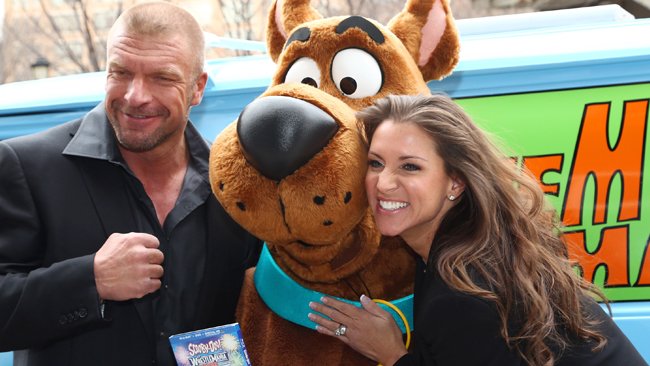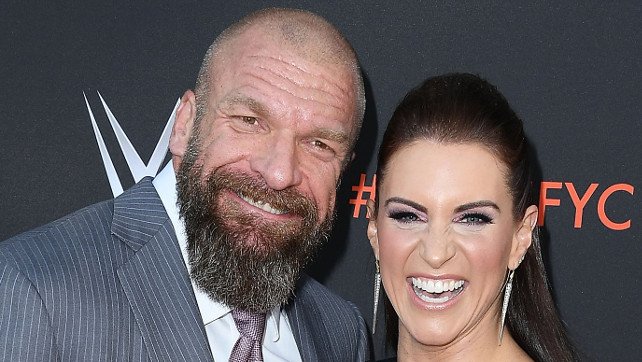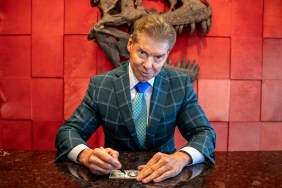
Authority figures have been a staple of WWE for over two decades now. They’re nothing new, and even before they were incorporated into WWE programming as heavily as they would, there was kayfabe president Jack Tunney. He was the ideal authority figure in the eyes of many, only really appearing when there were necessary announcements.
However, the Montreal Screwjob in 1997 changed everything. You probably already know what happened there, but it would have some incredibly adverse consequences that would change the course of WWE history forever. For one, Vince K. McMahon, an on-screen commentator at the time was exposed as the chairman and owner of WWF.
Instead of trying to keep it under the radar, WWF used an uncomfortable situation the only real way they know how to – by acknowledging it and using it to gain heat. Thus, the Mr McMahon character was born, and the infamous line “I didn’t screw Bret, Bret screwed Bret” was used, cementing his heel turn. From there onwards, McMahon would become an on-screen authority figure, going on to become the greatest heel of all time.
His role as an authority figure was mainly as the foil to the rising ‘Stone Cold’ Steve Austin, who would constantly have to overcome the obstacles put in front of him as he achieved immortality in the wrestling business and became the face of the franchise. McMahon’s Corporation and Austin’s rise was perfect for its time, because it gave the young adult audience a relatable character, and they could live vicariously through the man who would constantly attack his boss for abusing his power.
Towards the latter part of the Attitude Era, Shane McMahon & Stephanie McMahon began to appear as characters on television as well. The heel authority figure became a thing in WWE and was completely incorporated into programming. For years after, even post-Austin’s departure and retirement, McMahon would continue his role as an authority figure, acting as a foil to other superstars who he wanted to put over.
When McMahon feuded against a babyface, you knew that he had big plans for them. He’s the kind of character who never really worried about making a fool out of himself on global TV to make other superstars look good. In that way, he was always selfless. It was around 2010 when he decided to temporarily retire the Mr. McMahon character, likely feeling that he was too old to do so.
Over the next few years, it was Triple H, who had gone into a part-time wrestling role and Stephanie McMahon who became the primary authority figures of WWE. This would begin the Authority storyline, one which received a lot of mixed reactions from the WWE Universe, with many feeling that it didn’t achieve the same that Mr McMahon had done in terms of getting superstars over.
While Daniel Bryan‘s rise to the top was the most notable thing about that period, the reality was that the product had become completely stale. Every RAW opened with a 20-minute Authority promo and it seemed like Stephanie McMahon in particular hardly ever got her comeuppance for being a bully, despite publicly stating that her role was to help other superstars.
In 2016, Roman Reigns‘ WrestleMania 32 coronation saw the conclusion of the Authority storyline, and from there onwards, it was more or less smooth sailing. Shane McMahon had taken charge, and with the brand split, Stephanie and Shane would become the main figures of RAW and SmackDown respectively.
This was where the overall program saw an increase in quality. The two authority figures, with General Managers by their side, weren’t the main part of the program, but their purpose was served.. They were simply there as a prop to another storyline. Even with the McMahon’s making a full-time return to programming in late 2018-early 2019, it often seems like overkill to require four authority figures.
With that said, as long as they sparsely appear and help the superstars get over, then their role is justified. In the modern day where authority storylines have been done to death, it’s important that they stay on the sidelines and only appear when absolutely necessary. After all, they aren’t the real stars of the program, nor are they the major draws that they’d like to be.





